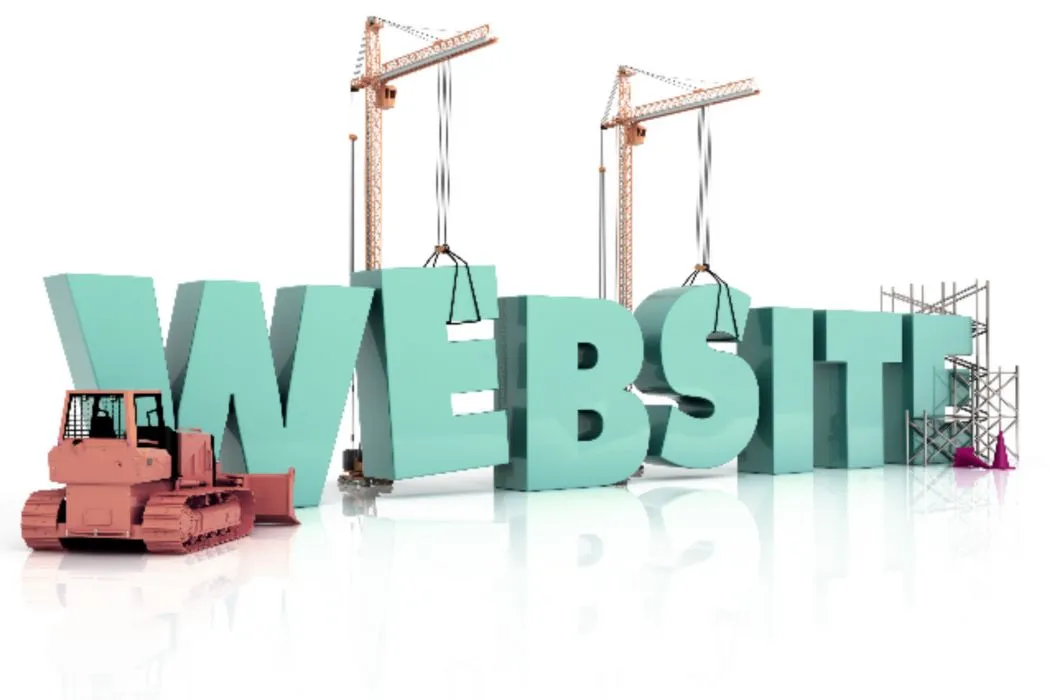Before you start building a website or searching for a web developer, make sure you have answers for these questions:
- Who is your target customer?
If your answer is “everybody” be sure nobody will feel addressed.
- Your target customer already needs your product. You don’t want to chase a backer to sell him ski sticks.
- The better you understand your target customer the better you can shape your offer – including its visual content. For newlyweds, you might go pastel and use softer fonts. For businessmen, you might prefer something different.
- You can safely say that your target customer shapes your branding, marketing, and sales strategy.
So, before you start designing and building your web presence, be sure you know your customers.
2. What is your goal, and what do you expect from your website?
- Is it to inform your customers about your company values, your team, or news? Is it to educate your visitors? Is it to showcase your work? Or maybe you’d like your visitors to perform some action on your webpage? These are questions to be answered before you start developing your website.
3. What would you like to show your website visitors, and what would you like to tell them?
- What information would you like to appear on your website?
- How would you like to interact with visitors?
4. Have you already developed your business branding?
Start by creating mood boards, save the links of websites you like, and then analyze your choices. Why do you like these websites? Is it the layout, the color scheme, or the fonts?
- Color: The color scheme is an essential part of your branding. Colors can create a certain mood and impact on how your visitors perceive your company or your products/services.

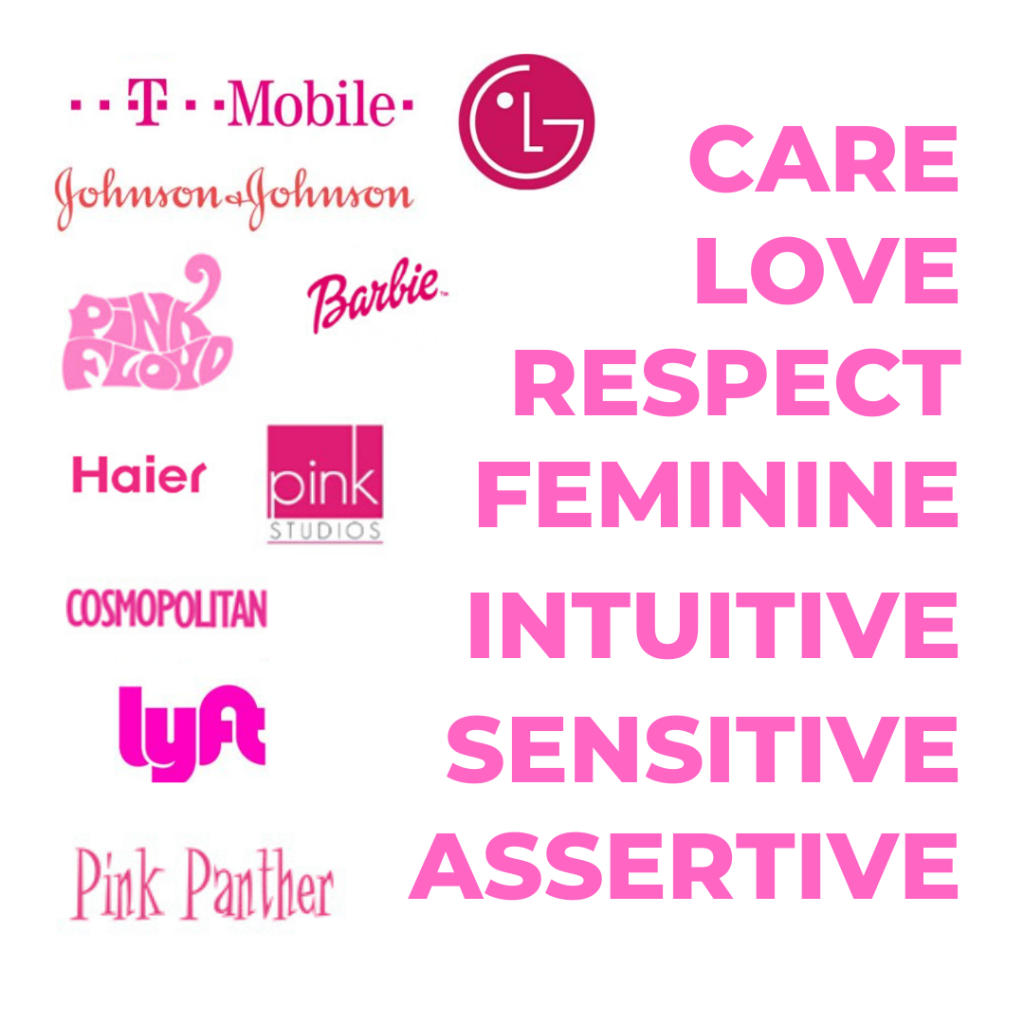
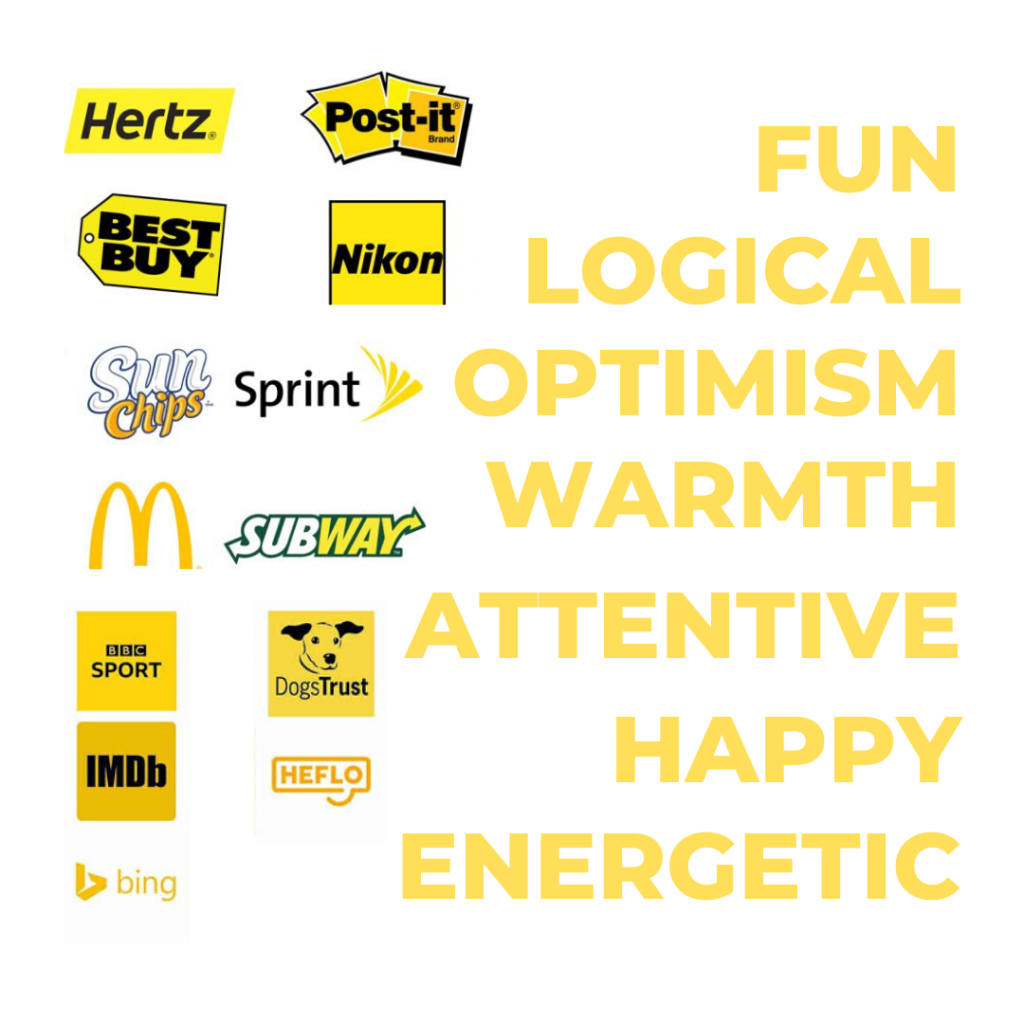
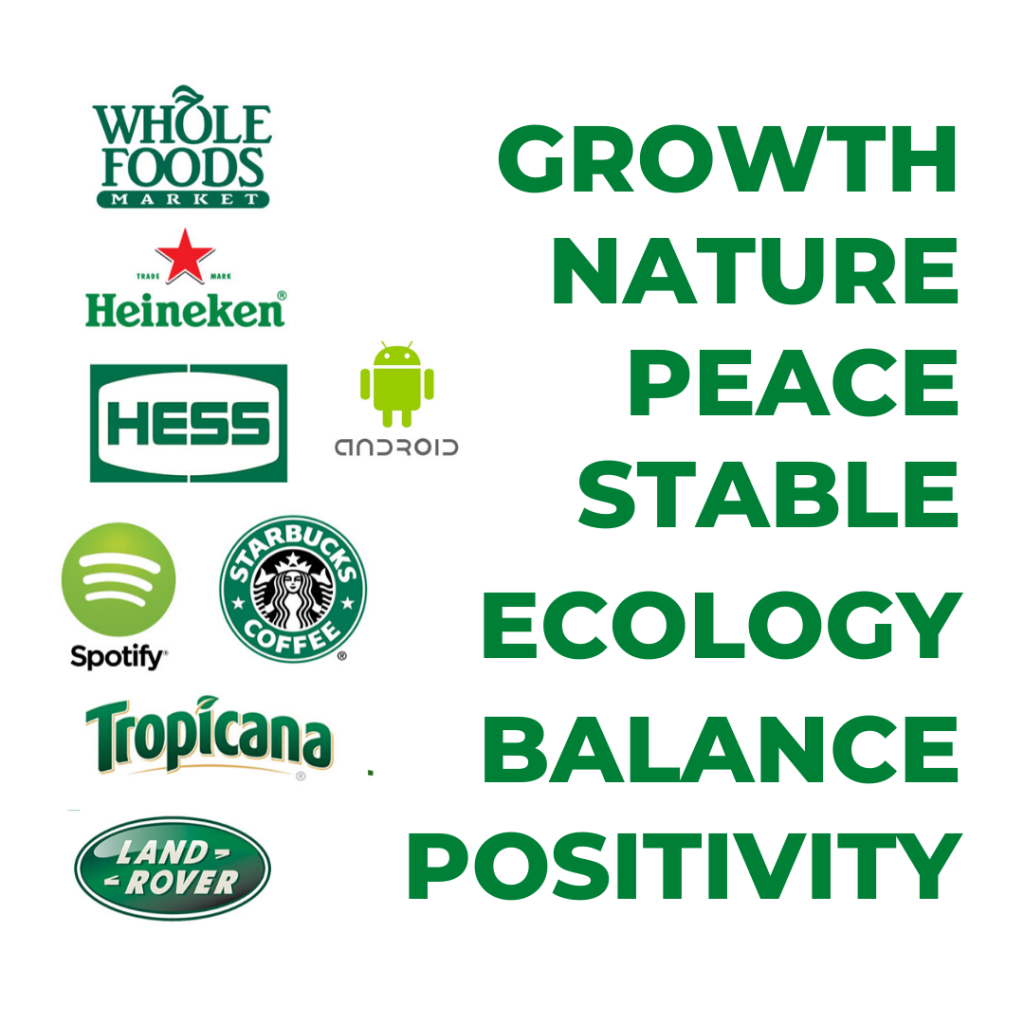
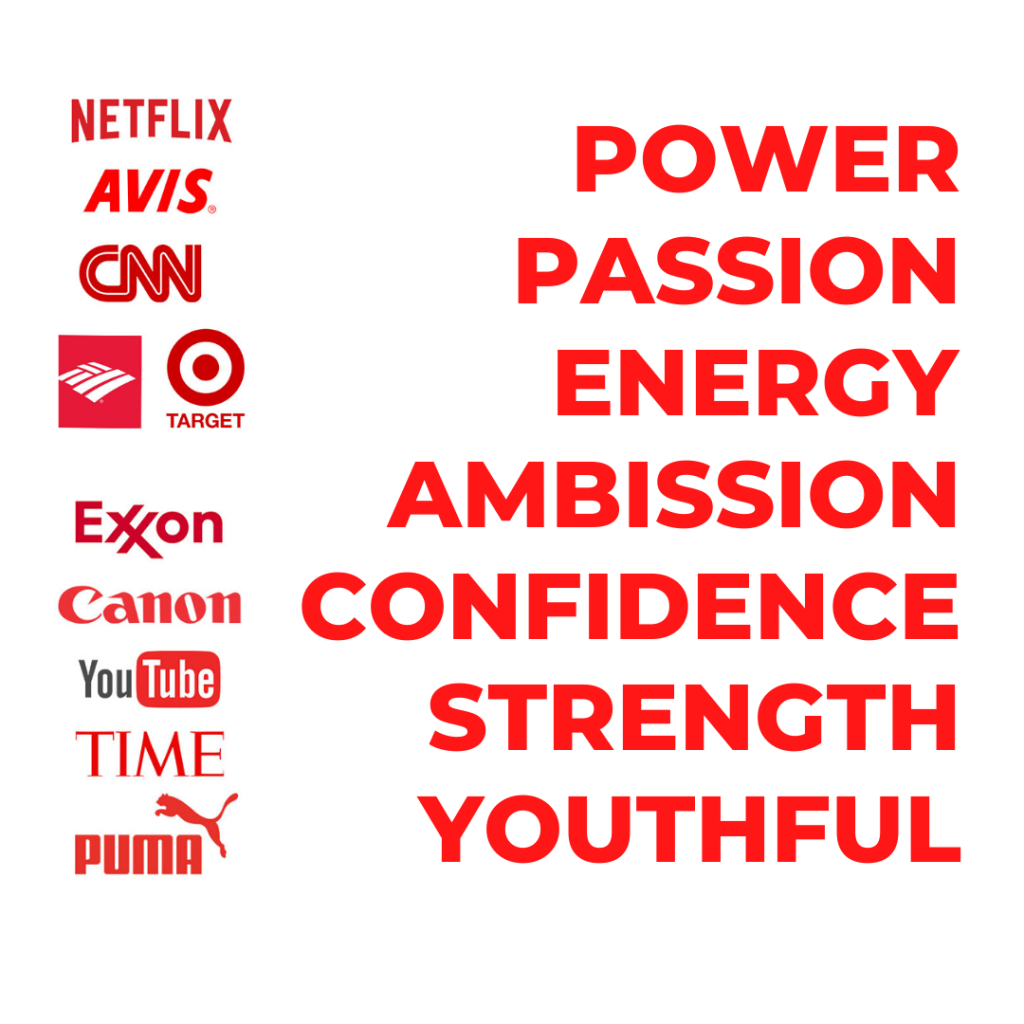
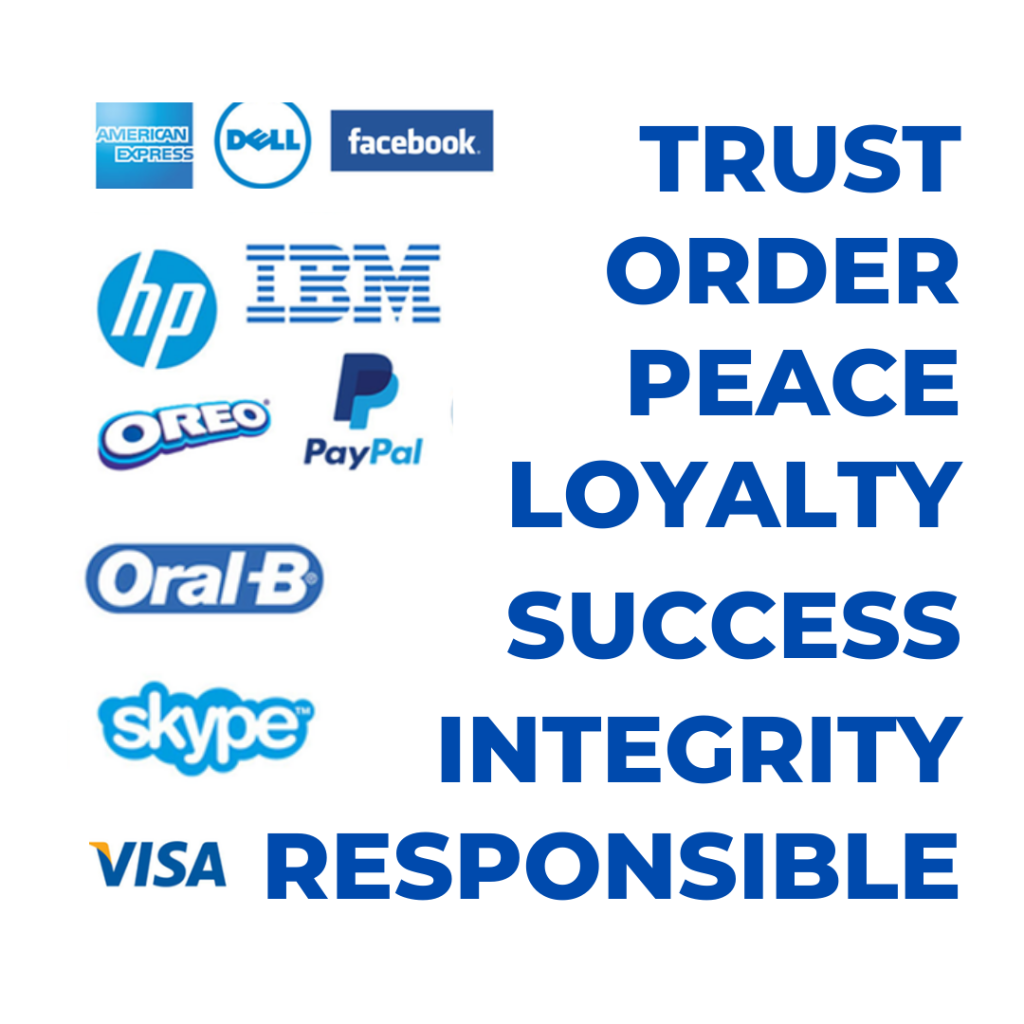
Font: Choose the font that fits your brand. What vibe would you like your font to have? Corporate, industrial, masculine, feminine, artistic, modern, techy? Typography is a crucial element of your brand identity, so choose wisely.
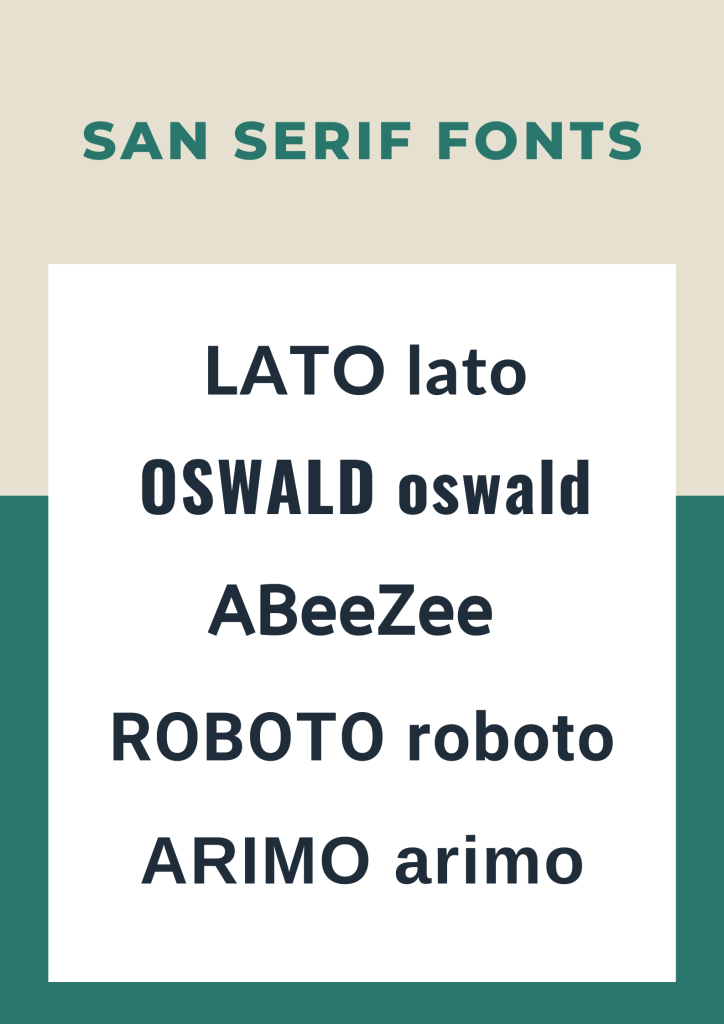
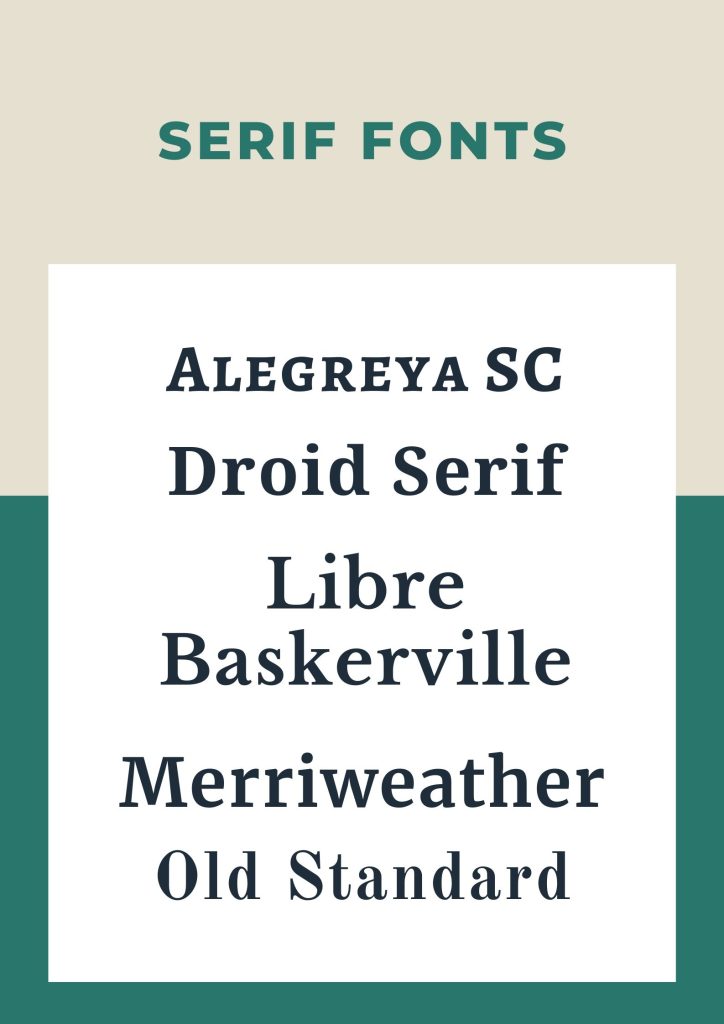
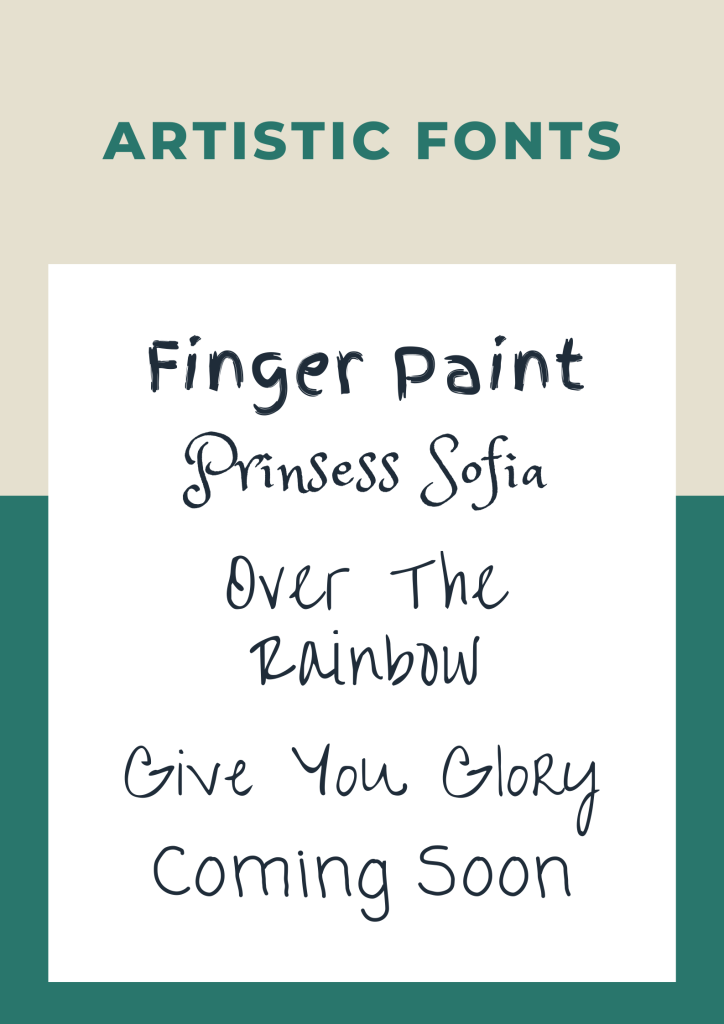
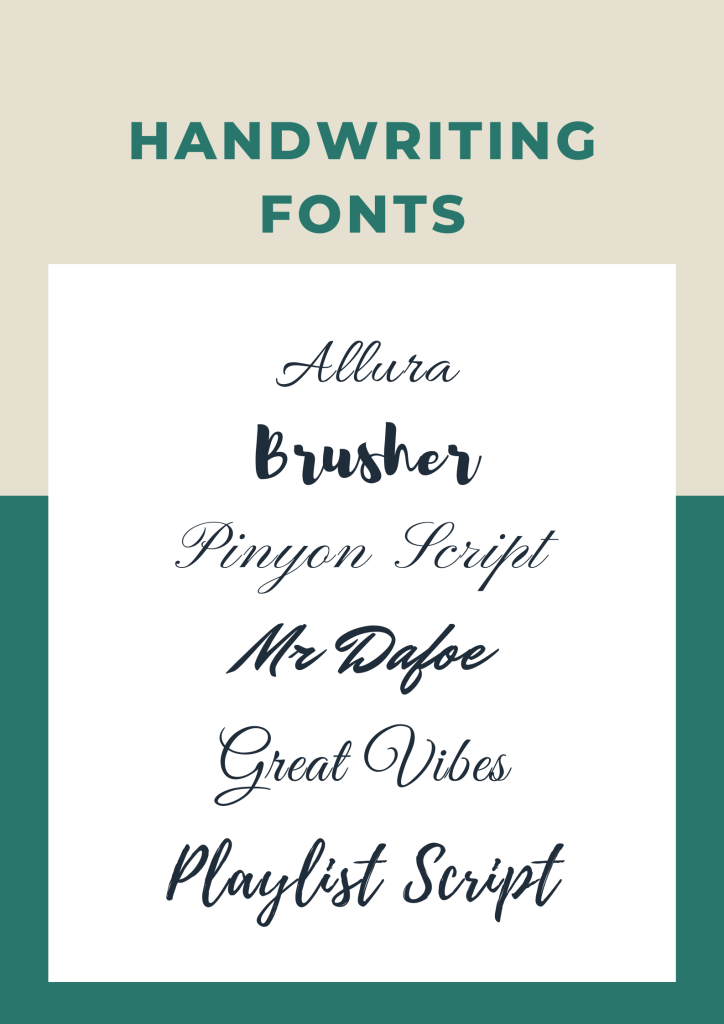
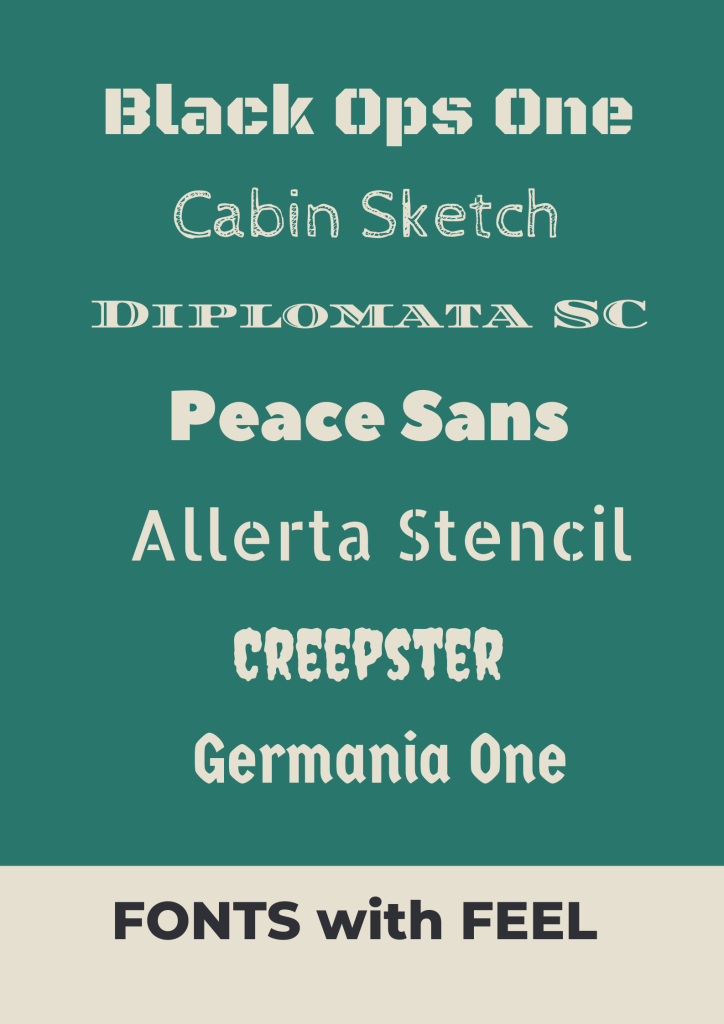

- Logo: This is the element that makes your brand recognizable. There are free tools you can use to create your logo, such as Canva, Logomaker, Talorbrands and many others
5. And how about a domain?
In other words, you need the address where Internet users can access your website.
If you build a website for your business, it makes sense that the domain name incorporates your business name.
The general recommendations for a domain name – make it:
- short,
- easy to spell,
- easy to remember,
- reflect the nature of your business.
Anyway, choose it wisely, as it would be a problem to change it later.
Your domain doesn’t have to be provided by your hosting provider. You can buy it from a separate entity.
Usually, you buy a domain for a year. When you choose your domain, check out the price for the following year’s renewal.
6. Do you have web hosting for your domain?
The range of offers for hosting packages is overwhelming. Bear in mind that cheaper packages have certain limitations. When deciding on a hosting provider, consider these points:
- How big is your site going to be?
- Are you going to build an e-shop there?
- How secure does the site need to be?
- How much traffic do you plan to attract?
- Are you going to build the website and then maintain it by yourself or will hire a professional? And lastly,
What do you want your site to radiate? In other words, what would you like the site visitors to feel when browsing your website?
